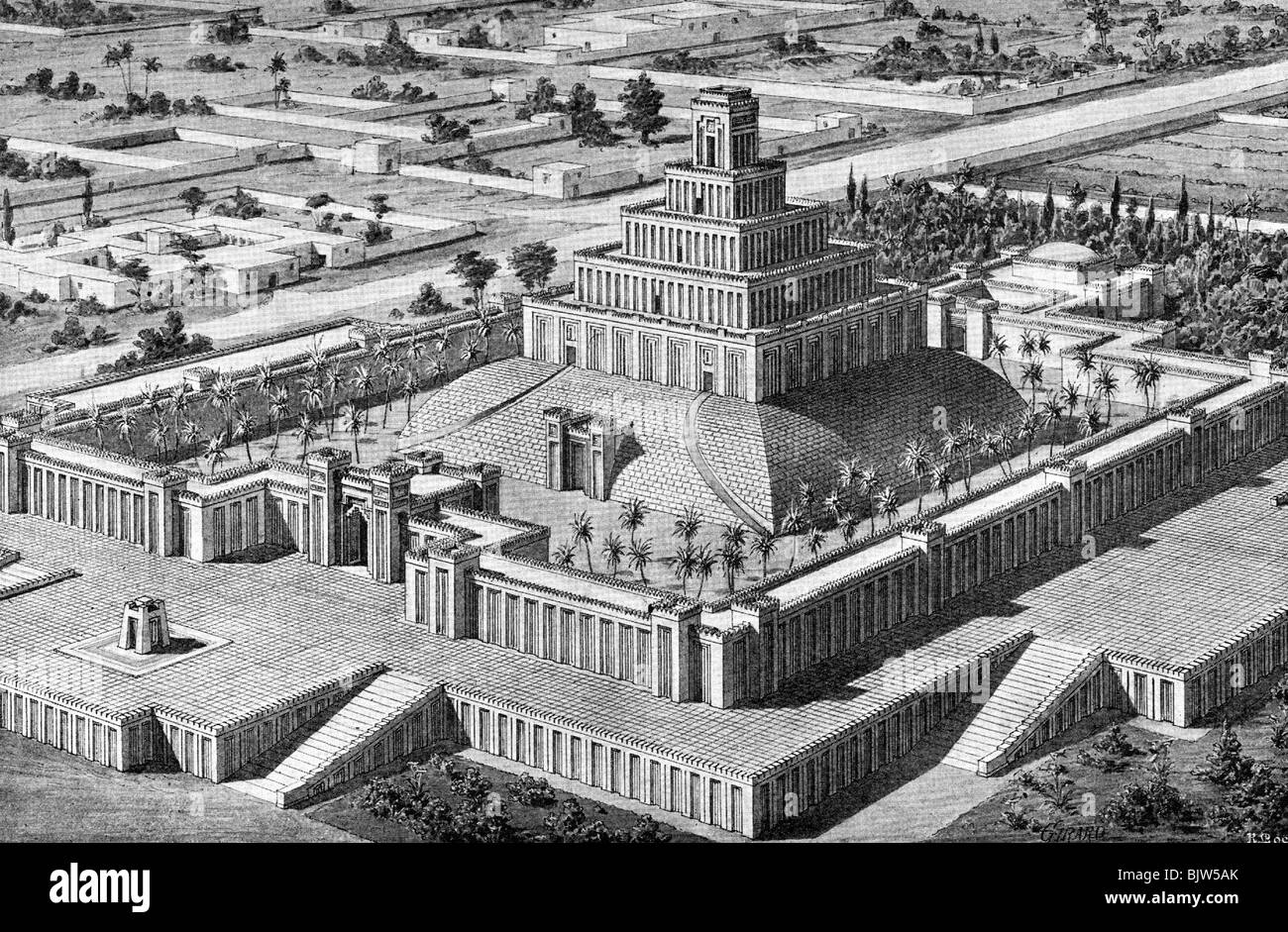

Flanking the aisles would be rooms for the priests. The temple itself had a central nave with aisles along either side. Ziggurats (Sumerian temples) each had an individual name and consisted of a forecourt, with a central pond for purification. Short answer: Yes, a ziggurat of sorts, not necessarily as drawn as in the literature. Unless some other theory comes along that better fits the data, a structure like a ziggurat - with steps indicating its theological purpose in allowing the gods to travel between heaven and earth - seems like the most likely candidate for the tower of Babel.ĭisclaimer: This subject is intrinsically speculative and my answer should be taken with the inherent difficulty of recreating the past in mind. A polemic angle to the passage would fit with previous suspicions about the tower's nature. God has to "come down" in the narrative to even see the tower that is being built up to heaven. Whether the temple of Marduk or some other ziggurat, the Genesis 11 story makes sport of this boast. Its name, 'house with the uplifted head,' reflects its claim to have reached the heavens." Wenham notes, "The temple of Marduk in Babylon was supposed to have been built by the Annunaki gods with specially prepared bricks.

The key phrase is in 11:4 where the tower is to be one "with its head in the heavens." While there are not close parallels in literature to the tower story as there are with the flood narrative, etc. The tower of Babylon stands as a monument to man’s impotence before his creator, and the multiplicity of human languages is a reminder of divine retribution on human pride. But Gen 11 throws discretion to the winds: the assault on Babylonian pretensions is open and undisguised. Only ancient hearers and modern scholars familiar with Mesopotamian accounts of the flood can appreciate the world of difference between the characterizations of Noah and Utnapishtim or between the LORD and the gods of Mesopotamia who cower before the flood and swarm like flies around the sacrifice. Often this polemic is implicit rather than explicit. Gordon Wenham writes:Īs elsewhere in Gen 1–11, there is in this narrative a strong polemic against the mythic theology of the ancient world. This is all important for two reasons: 1) the predominate tower-like structures in southern Mesopotamia at the time were ziggurats, and 2) it allows for the possibility that the text function as a sort of polemic against a particular culture. But the southern plains of Mesopotamia did not have such quarries and required either imports of stone or the kilnfired bricks we see in 11:3 for construction. The use of bricks is a further indication, as in Palestine there was plenty of stone, which was preferred for construction. As well, the name "Shinar" in verse 2 likely is a linguistic equivalent to "Sumer", another name for the region. The wide agreement among scholars is that descriptions of the locale fit southern Mesopotamia.įor one, 11:2 records at the outset of the narrative that the people are moving eastward. Whether or not one reads the Tower of Babel story as merely an etiology of the diversity of language, there does seem to be a distinct geographic setting. Yes, one can be reasonably certain that the author had in mind a ziggurat. "Why do we have to cope with all these languages? Why can't those Hittites just speak good old Sumerian? Well, once upon a time. If, on the other hand, you're in the mood for a naturalistic interpretation, what you have here is a 'just so story' that explains the multiplicity of human languages. Why is it any better or worse for the populace to build in the form of a typical stepped temple than any other form? The plain sense of the text is that the offense was in the ambition, not in the geometry. Whether it's a ziggurat or an anachronistic copy of the Sears Tower, it's a tall thing built by people. However, this does not give us much interpretational traction. (Egypt is not in the field of view here.) So, if you are going to talk about a tall thing, a thing reaching towards heaven, that's what you get. Stepped pyramids were essentially the only really tall built items of the ancient Near East. Well, the reading of the ToB as a Ziggurat is more or less an example of the duck test: if it walks like a duck, and quacks like a duck.


 0 kommentar(er)
0 kommentar(er)
